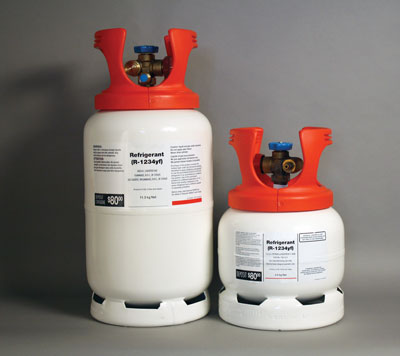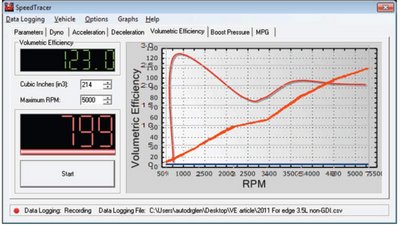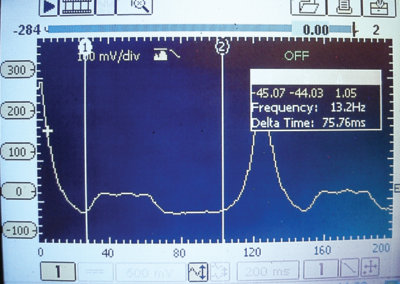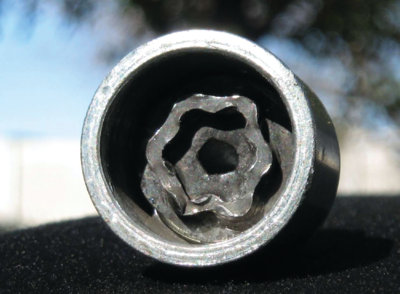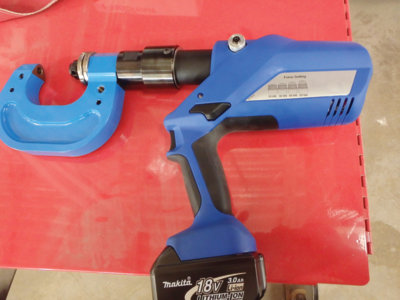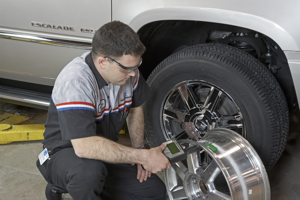 Makita U.S.A., Inc., manufacturer of high quality industrial power tools and accessories, is proud to announce the release of its new Optimum Automotive Charger (model DC18SE). The charger plugs into 12V DC sockets equipped in most automobiles and trucks.
Makita U.S.A., Inc., manufacturer of high quality industrial power tools and accessories, is proud to announce the release of its new Optimum Automotive Charger (model DC18SE). The charger plugs into 12V DC sockets equipped in most automobiles and trucks.
“Contractors and dealers alike have been asking us for an automotive charger for Lithium-Ion batteries, and we listened,” said Brad Wheeler, Makita product manager – cordless products. “The new Makita Optimum Automotive Charger delivers charging power wherever your car or truck takes you.”
Makita’s new charger is compatible with 12-volt DC sockets found in most autos and trucks. The DC18SE will charge slide-style Makita Lithium-Ion and Ni-MH batteries. This includes Makita’s best-selling 18V LXT Lithium-Ion 3.0Ah and 18V Compact Lithium-Ion 1.5Ah batteries.
The new Automotive charger will charge an 18V LXT Lithium-Ion 3.0Ah battery in only 60 minutes, and an 18V Compact Lithium-Ion 1.5Ah battery in just 30 minutes. The DC18SE communicates with the battery’s built-in chip throughout the charging process to optimize battery life by actively controlling current, voltage and temperature. The charger also has a built-in fan to cool the battery to produce more lifetime work.
Makita’s Battery Chargers
The new DC18SE Optimum Automotive Charger joins Makita’s current line of chargers, including the Rapid Optimum Charger (DC18RA) for Lithium-Ion and Ni-MH slide-stile batteries, and the 7.2 Lithium-Ion Charger (DC07SA). They are part of Makita’s growing line of cordless tools powered by Makita’s breakthrough Lithium-Ion battery technology. Nearly two years after its debut, Makita’s 18V LXT Series has grown from seven to 26 tools (over 40 total models), providing a wide range of cordless solutions for professional tradesmen.
Makita’s growing line of LXT cordless product features a wide range of industrial-quality power tools, including drills, impact drivers, saws, metalworking, concrete tools, and more. The Series also offers a jobsite radio, rechargeable flashlights and several different combo kits.
For additional information, visit www.makitatools.com.


